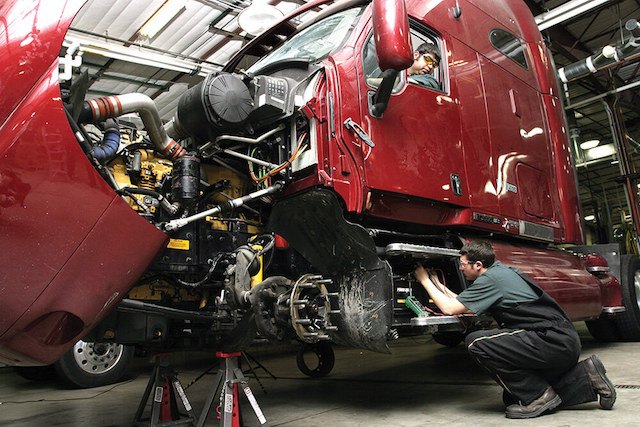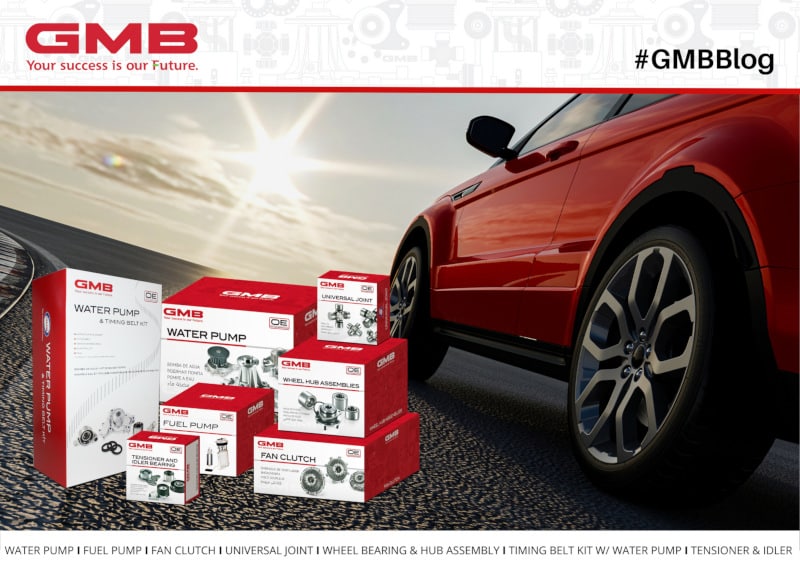Ensure Your Truck’s U-Joints Are Operating At The Correct Angle
This article was originally published on FleetEquipmentMag.com
As any truck driver will tell you, there’s nothing fun about a sudden u-joint failure. For this reason, experienced drivers know to inspect and maintain their truck’s u-joints regularly.

However, many drivers, and even some repair techs, don’t know that air suspension settings can have a big impact on u-joint wear and tear.
On most trucks, the air suspension system is designed to be self-adjusting. The air bags automatically adjust to changing load levels. It is possible to alter the automatic suspension settings by adjusting the ride height sensor valve. Drivers may do this for any number of reasons. However, manually adjusting the ride height is a bad idea for a couple of reasons:
- First, air suspension systems are designed with bag inflation limits in mind. If a bag is over-inflated because of a valve adjustment, the bag can potentially tear. Typically, this breakage will occur on the road and under load, which can lead to all sorts of secondary problems. Everything from a damaged driveline to a loss of vehicle control.
- Second, air suspension systems adjust ride height to ensure that key driveline angles stay within an acceptable range. U-joints in heavy duty applications are typically spec’d to have a working angle of between one and three degrees. If the angle is between three and six degrees, the u-joint will still function, but it won’t last long. Any working angle in excess of six degrees can cause excessive vibration and quick failure.
If a u-joint fails on the road, the damage be considerable. The driveshaft can be destroyed by spinning with one end free. In some cases the destruction of the driveshaft results in substantial damage to he undercarriage. Even just excessive vibration from a u-joint can damage transmission or differential seals and bearings.
There are a couple of easy ways to ensure that your truck’s u-joints are operating at the correct angle:
- You can measure the truck’s ride height and compare it to the specifications provided by the manufacturer. If the ride height is outside the normal range, and you suspect that the ride height sensor valve has been modified, it’s best to get the truck checked out.
- Use a digital angle gauge to measure the driveline angles. This can be done in less than ten minutes if the tech is familiar with the process.
Finally, as always, it’s important to regularly inspect u-joints for any signs of looseness or play. If there’s any doubt about a u-joint’s integrity, it’s best to change it out.
MORE CONTENT
Stay current!
Sign up here to get the latest news
and updates on all things GMB.
Sign Up To Receive GMB News & Updates!

